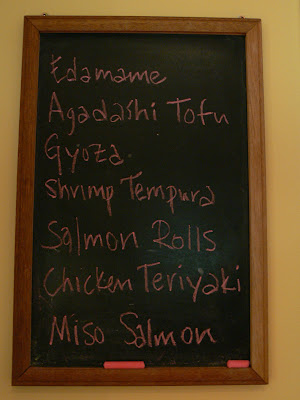 Before the new Barefoot Contessa cookbook, "Back to Basics", had made it to my local Costco, I received news that it had touched down at the Costco in Richmond, BC. Emails and messages from various friends around the country started coming in. "Have you seen it yet?" and "Just wondering if you knew..."
Before the new Barefoot Contessa cookbook, "Back to Basics", had made it to my local Costco, I received news that it had touched down at the Costco in Richmond, BC. Emails and messages from various friends around the country started coming in. "Have you seen it yet?" and "Just wondering if you knew..."My librarian called to say that I had the new book waiting for me to pick up, and my friend, Brenda, sent me the link to a great price at Amazon. I have indeed bought the book (at Costco) and I have gone over it several times already. Thank you to all of my friends who brought the new cookbook to my attention!
One recipe that caught my eye were the "Raisin Pecan Oatmeal Cookies". Ina mentions that she was looking for years to find the perfect oatmeal cookie, and finally here it is. This interested me greatly because the oatmeal raisin cookie category at the Harrow Fair is quite tough. Could the Barefoot Contessa's cookies be that good that they might be a contender at the fair? I won't have the answer to that question for several months, but last night I whipped up a batch to satisfy my curiosity - and my sweet tooth.
My friend Donna was over for dinner and after enjoying a bowl of guacamole (Oct. '08), chicken stew with biscuits (Feb. '08), and a zippy salad of arugula with a lemony vinaigrette, we had the oatmeal cookies and a cuppa tea. Donna said that she normally doesn't like raisins in cookies but for some reason, she really liked these. They were a little crispy on the outside, chewy on the inside, nice flavour (due to the cinnamon), great texture because of the raisins and the walnuts, and an all-round good cookie.
You might be wondering why the oatmeal raisin category is so tough. At the fair, the judges are looking for the standards. They want the best of the best, with no variations or frills. Dried cranberries or currants would be disqualified. If the cookies included walnuts or pecans, I'm sure they would be overlooked as well. If the cookies are slightly dark on the bottom or any other visual flaw, you are made aware of your cookie's short comings by a notation from the judges. So you see, a recipe like oatmeal raisin cookies, with it's countless variations, can be a tricky category to enter. With that said, the Barefoot Contessa rarely disappoints me, and I think these cookies could do really well next year. Try them for yourself and let me know what you think.
Raisin Walnut Oatmeal Cookies
1 1/2 c. walnuts
1/2 lb. unsalted butter, at room temperature
1 c. dark brown sugar, lightly packed
1 c. granulated sugar
2 eggs, at room temperature
2 t. pure vanilla extract
1 1/2 c. all purpose flour
1 t. baking powder
1 t. ground cinnamon
1 t. kosher salt
3 c. old-fashioned oatmeal
1 1/2 c. raisins
1. Preheat oven to 350 degrees. Place the walnuts on a sheet pan and bake for 5 minutes. Set aside to cool and then chop coarsely.
2. In the bowl of an electric mixer fitted with the paddle attachment, beat the butter and the sugars together until light and fluffy. With the mixer on low, add the eggs, one at a time, and the vanilla.
3. Sift the flour, baking powder, cinnamon, and salt together into a small bowl. With the mixer on low, slowly add the dry ingredients to the butter mixture. Add the oats, raisins, and walnuts and mix until just combined.
4. Using a small ice-cream scoop or a tablespoon, drop 2-inch mounds of dough onto sheet pans lined with parchment paper. Flatten slightly with your hand. Bake for 12 to 15 minutes, until lightly browned. Transfer the cookies to a baking rack and cool completely.










